Fiji’s Rare Tagimoucia Flower: A Once-a-Year Bloom Now in Season
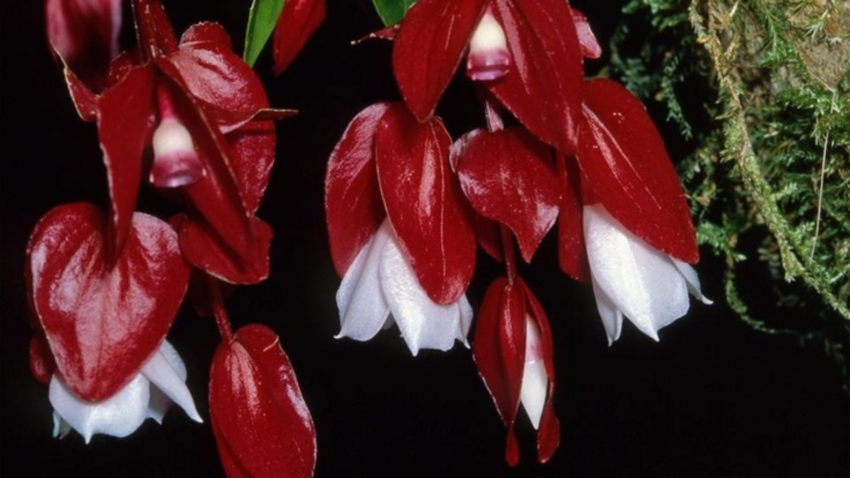
High in the misty mountains of Taveuni, Fiji’s “Garden Island,” blooms a flower so rare it can only be seen for a few months each year—and only in one place on Earth. The Tagimoucia (Medinilla waterhousei) is a striking plant with cascading clusters of red and white flowers, flourishing exclusively in the cool volcanic highlands around Tagimoucia Lake.
To see the Tagimoucia, visitors need to hike through the lush rainforests of Taveuni and ascend De Voeux Peak. At an altitude of 2,000 meters, often shrouded in mist, lies Tagimoucia Lake—the only place on Earth where this rare flower grows. The journey is as rewarding as the destination, offering incredible views and a chance to witness this extraordinary bloom in its unique, remote habitat.
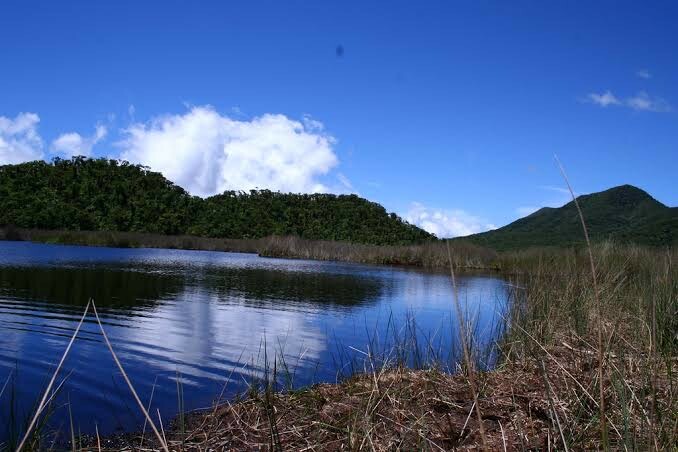
Despite numerous attempts to cultivate the Tagimoucia elsewhere in Fiji, the plant defiantly resists all efforts. It thrives exclusively in its natural environment, this characteristic only enhances the flower's charm, making it a symbol of Taveuni's distinctive landscape.
According to the villagers of Somosomo in Taveuni, the beauty of the flower is in its name: Tagi (cry) - mo (to) - ucui (be like) - au (me). One such translation is, to ‘cry myself to sleep’. Though there are many translations to the name, this one is more widely accepted.
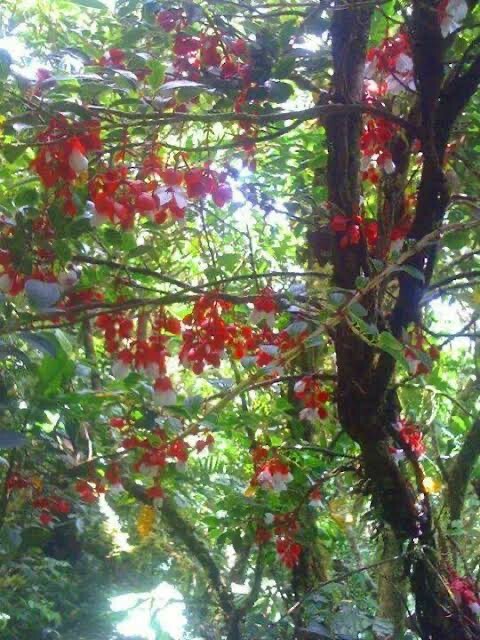
Long ago, on the island of Taveuni, there lived a princess named Adi Uluiqalau, whose beauty was rivaled only by the love she held in her heart. However, her heart was not her own. Though she loved another, her father, the island's chief, insisted she marry a prince of his choosing. When she refused, the chief's fury was swift, and he dispatched his warriors to capture her and kill the man that her heart longed for.
Desperate and heartbroken, Adi Uluiqalau fled into the mountain forests. The shadows of the trees loomed over her as she ran, their tall trunks standing like silent watchers. Exhausted, she eventually collapsed, her breath coming in ragged gasps. In her darkest moment, she whispered a final plea to the spirits of the jungle: “laiva me ra va’ila a noqu rarawa” which meant "Let them feel my pain."
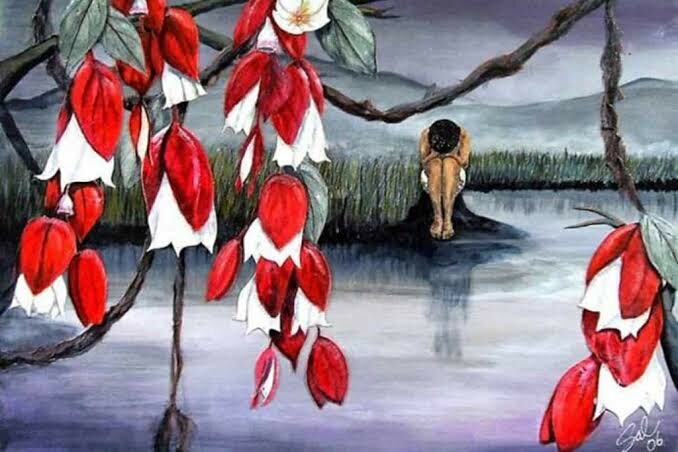
The jungle responded. The spirits heard her cry and concealed her from her pursuers. Alone, her tears flowed freely, soaking into the earth and dripping onto the branches that hid her. With every tear that fell, her sorrow transformed into something beautiful. The jungle intertwined her body with the trees, her tears and blood became the Tagimoucia—a flower born of sorrow, with red petals and white blossoms symbolizing the tears shed for the love that could’ve been.
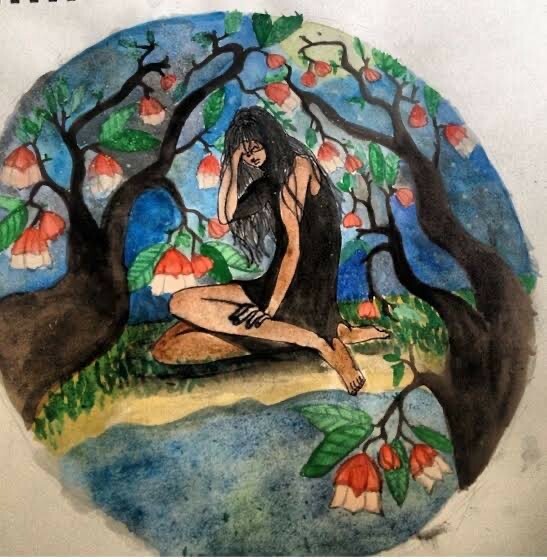
For weeks, the village warriors scoured the land, searching for Adi Uluiqalau. They followed the faint sounds of her weeping, tracking her trail up to the mountain ridge. But when they reached the summit, the princess had vanished. All that remained was a peculiar new flower, clusters of red and white blossoms, cascading from the nearby trees. Legend says, the land in which her true lover was buried has a flower that blooms around the same time the Tagimoucia is in bloom.
The Tagimoucia represents more than just a rare botanical flower; it embodies themes of love and loss. As visitors travel the pathways of Taveuni, they seek not only the beauty of this unique flower but also a connection to a timeless legend. The legend of the Fijian princess illustrates how nature intertwines with our personal stories, revealing that even in the most remote corners of the world, we can find echoes of our own experiences reflected in the natural beauty surrounding us.
